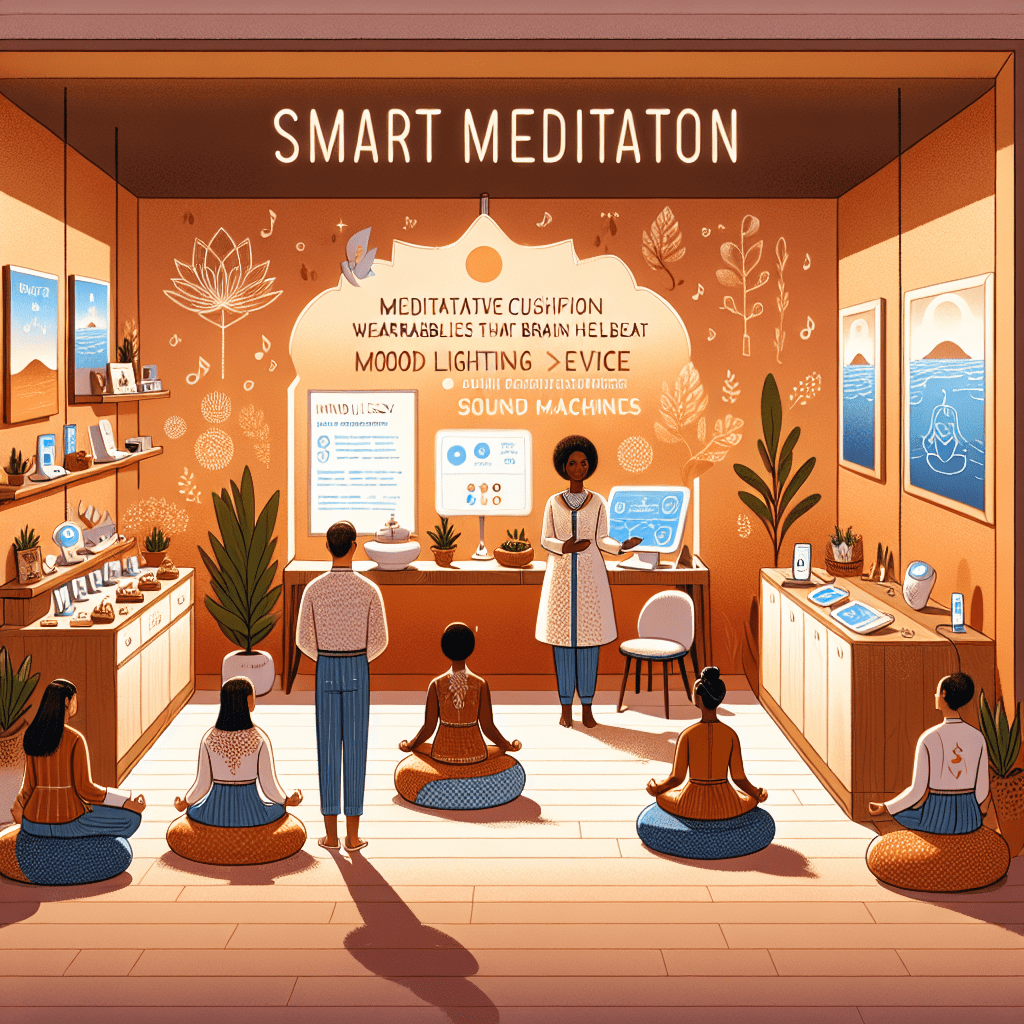
Prioritize your mental well-being daily. Enhance your life by nurturing your mental health with the Smart Meditation app. Break free from stress, alleviate anxiety, and enhance your sleep quality starting today.
What Is Meditation Sitting Called?
Unlocking the Mysteries: The Art of Meditation Postures
In today’s high-speed world, where the hustle and bustle can wear down even the most resilient of us, finding solace in the ancient practice of meditation is nothing short of a boon. But before you dive into the transcendental realm of mindfulness and concentration, there’s a basic yet vital aspect you need to get acquainted with – the art of sitting in meditation, or as it’s often revered, the meditation posture.
The Foundations of Meditation Sitting
Before we unravel the enigma, it’s crucial to understand that meditation is not just a practice but an experience. And like any profound experience, the setup – in this case, the way one sits – plays a cardinal role in the journey. So, let’s shed some light on what this meditation sitting is all about.
The term “meditation sitting” might sound overly simplistic or even mundane. However, don’t let its apparent simplicity deceive you. There’s more than meets the eye. This practice encompasses a variety of postures that not only facilitate prolonged periods of meditation by reducing physical strain but also prepare the mind for a deeper meditative experience.
The Quintessential Postures
Now, let’s take a peek into some of these quintessential meditation postures that have stood the test of time:
-
The Lotus Position (Padmasana): This one’s a classic! By crossing your legs with each foot resting on the opposite thigh and your hands gently laid on your knees, this posture is revered for improving concentration and deep breathing.
-
The Half-Lotus (Ardha Padmasana): As the name suggests, it’s a notch down from the full lotus, ideal for those who find the former a tad ambitious. One foot rests on the opposite thigh, and the other sits under the opposite knee – a perfect blend of comfort and focus.
-
The Burmese Position: For those who prefer keeping both feet on the ground, literally, the Burmese position offers a comfortable alternative. Both feet lie flat on the floor, one in front of the other, making it accessible for beginners.
-
Seiza: Borrowing from the Japanese tradition of sitting, this posture involves kneeling with a straight back, with or without the aid of a meditation bench or cushion to relieve pressure from the ankles.
-
The Chair Pose: Fear not if flexibility isn’t your forte! Sitting on a chair with a straight back and feet flat on the ground can also suffice as a commendable meditation position, proving that the practice is inclusive and adaptable.
Whichever posture you opt for, remember that the key to an enriching meditation experience lies in maintaining a straight back, relaxed shoulders, and an unburdened mind. After all, it’s about the journey within, transcending physical discomfort to reach a state of mental peace and clarity.
Beyond Posture: A Gateway to Inner Tranquility
Adopting a suitable meditation posture is akin to setting the stage for a play. It’s the preliminary step that paves the way for the real magic to unfold. As you embark on this inward journey, you’ll find that the art of sitting is not just about physical alignment but a symbol of readiness – readiness to explore the depths of your consciousness, to let go, and to be profoundly present in the moment.
So, the next time you sit down to meditate, give a thought to the posture you adopt. It’s not merely a sitting arrangement but a vessel that transports you from the chaos of the external world to the serene expanse of your inner universe. Remember, in the realm of meditation, how you sit is where you begin. And as you get comfortable in your chosen posture, you’re already one step closer to the tranquil shores of mindfulness and enlightenment.





